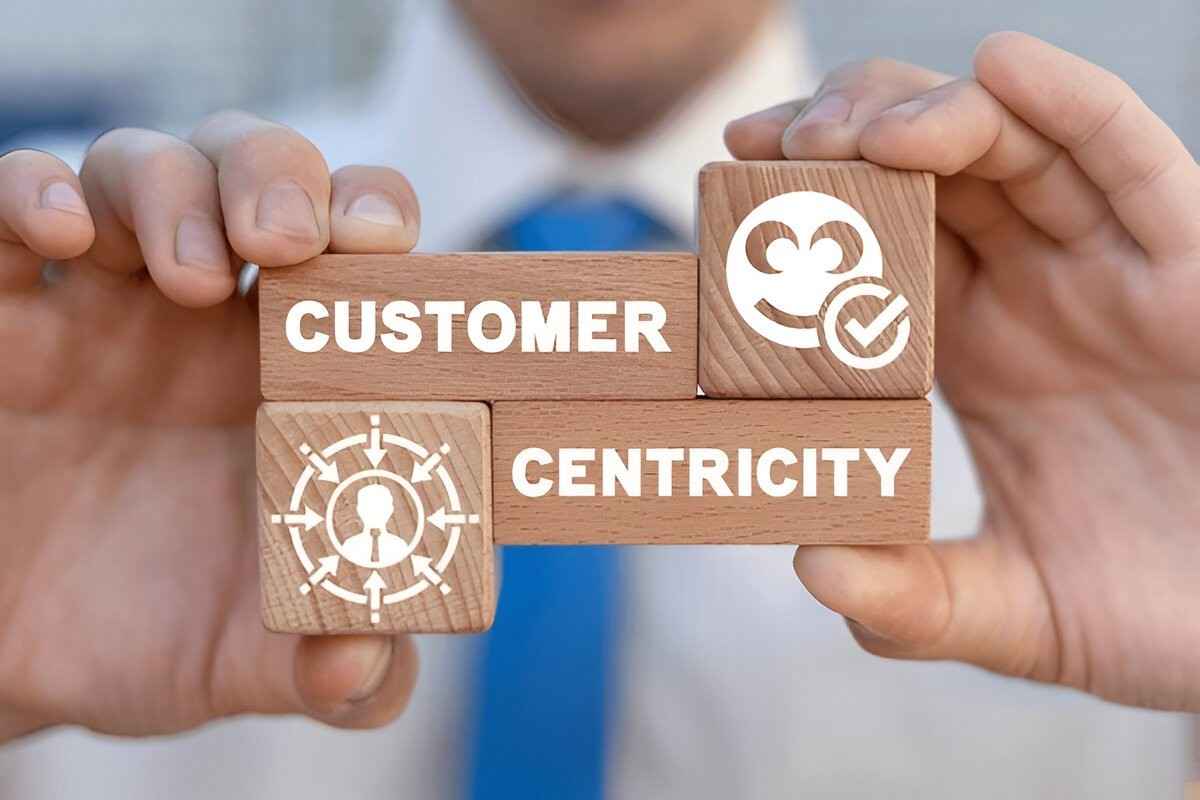Consumer-oriented marketing is a business strategy focused on meeting the needs and desires of consumers. It prioritizes understanding consumer behavior, preferences, and expectations to create products and services that resonate with target audiences.
Table of Contents
Key Points About Consumer-Oriented Marketing
- Definition: Strategy centered around consumer needs.
- Goal: Satisfy customers for long-term relationships.
- Approach: Research, customization, feedback integration.
Importance of Consumer-Oriented Marketing
Consumer-oriented marketing plays a crucial role in building customer loyalty and driving business growth by aligning products and services with consumer expectations.
1. Customer Satisfaction
Meeting Expectations
- Customization: Tailoring products to consumer preferences.
- Example: Offering various smartphone models with different features.
2. Competitive Advantage
Standing Out
- Market Positioning: Differentiating from competitors through consumer insights.
- Example: Highlighting eco-friendly practices to attract environmentally conscious consumers.
Strategies of Consumer-Oriented Marketing
Businesses employ various strategies to implement consumer-oriented marketing effectively.
1. Market Research
Understanding Consumers
- Surveys: Collecting data on preferences and buying habits.
- Example: Online surveys to gather feedback on new product ideas.
2. Personalization
Tailoring Experiences
- Custom Offers: Providing personalized promotions based on past purchases.
- Example: Sending discount coupons for items previously browsed online.
Implementing Consumer-Oriented Marketing
Successful implementation involves integrating consumer insights into all aspects of marketing and product development.
1. Product Development
Creating Consumer-Driven Products
- Feedback Loop: Incorporating consumer feedback into product updates.
- Example: Iterating on software updates based on user reviews.
2. Communication Strategies
Engaging with Consumers
- Dialogue: Listening and responding to consumer inquiries and feedback.
- Example: Social media engagement to address customer concerns promptly.
Benefits of Consumer-Oriented Marketing
Adopting a consumer-oriented approach offers several advantages for businesses aiming to build strong customer relationships and drive profitability.
1. Customer Loyalty
Building Relationships
- Retention: Encouraging repeat purchases through personalized experiences.
- Example: Membership programs offering exclusive rewards.
2. Brand Reputation
Enhancing Trust
- Transparency: Communicating openly about product features and benefits.
- Example: Certifying product sustainability practices.
Challenges in Consumer-Oriented Marketing
Despite its benefits, consumer-oriented marketing faces challenges that businesses must navigate to maintain effectiveness.
1. Data Privacy Concerns
Protecting Consumer Information
- Regulations: Compliance with data protection laws like GDPR.
- Example: Ensuring secure handling of customer data.
2. Changing Consumer Trends
Adapting to Shifts
- Market Dynamics: Responding to evolving consumer preferences and behaviors.
- Example: Adjusting product offerings to reflect health-conscious trends.
Future Trends in Consumer-Oriented Marketing
As technology and consumer expectations evolve, new trends shape the future of consumer-oriented marketing strategies.
1. AI and Predictive Analytics
Forecasting Consumer Behavior
- Data Analysis: Using algorithms to predict future consumer needs.
- Example: Recommender systems for personalized shopping experiences.
2. Sustainability and Ethical Practices
Consumer Values
- Environmental Impact: Emphasizing eco-friendly products and practices.
- Example: Packaging products with recyclable materials.
Conclusion
Consumer-oriented marketing is a strategic approach that prioritizes understanding and fulfilling consumer needs and preferences. By leveraging market research, personalization, and responsive communication, businesses can build strong customer relationships and enhance brand loyalty. As businesses navigate the challenges of data privacy and changing consumer dynamics, adopting a consumer-oriented mindset remains essential for staying competitive and meeting evolving consumer expectations in today’s dynamic marketplace.





